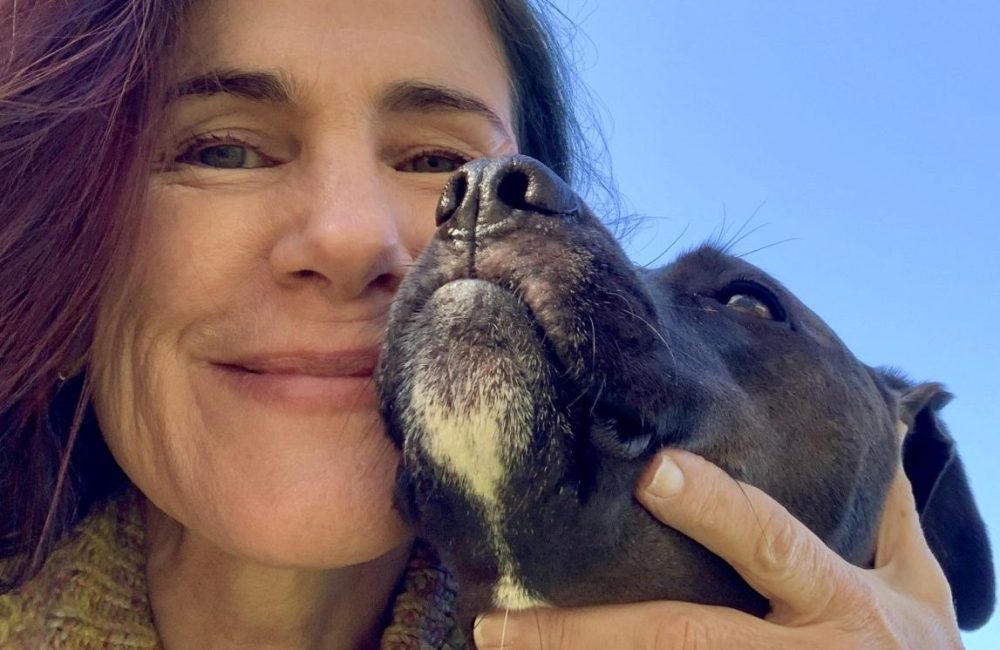What's your quickest way to slash your writing by almost half?
Category: Children
Hidden Life of Vanished by Mark Bierman + Podcast Audio Version
Do you believe a book can evolve beyond the author’s dream for it?
Books: Ageless + a Dirty One + K. Rooney Review + Podcast on Hers
What's the last dirty book you read?
My Honey has Covid Again + Podcast: Do Better by S.D.Jones
When have you surprised yourself by your bravery? When did others disappoint you with their cowardice?
Adulting and Videos + Why Darlene Foster Writes For Children
What was the day you became an adult?

